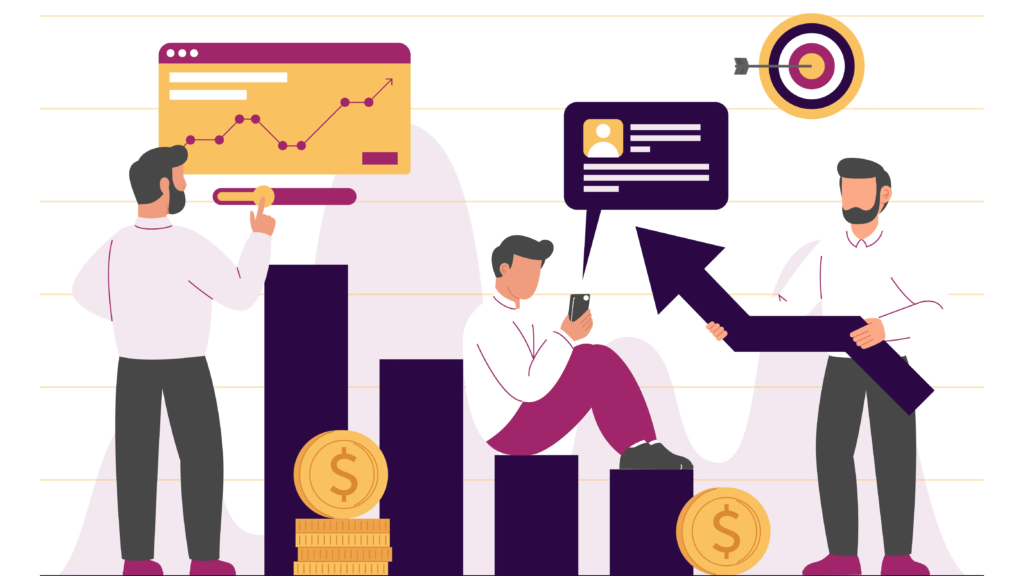
In the competitive world of sales, following up with prospects and clients is crucial for success. It’s not just about making that initial contact; it’s about maintaining and nurturing relationships. Effective follow-up techniques can significantly boost your sales and ensure long-term customer loyalty. In this blog, we will explore ten proven follow-up strategies that can help you close more deals and strengthen your client relationships.
-
Personalize Your Communication
One size does not fit all when it comes to follow-ups. Personalization shows your prospects that you value them as individuals and understand their unique needs. Use their name, reference past conversations, and tailor your messages to address their specific pain points and interests.
Example: Instead of a generic “Just checking in” email, try something like: “Hi [Prospect’s Name], I hope you’re doing well. I remember you mentioned your interest in our new software features. I wanted to share an article that might be of interest to you.”
-
Use Multiple Channels
Don’t rely solely on one method of communication. Mix it up with emails, phone calls, social media messages, and even handwritten notes. Different prospects prefer different methods, and using a variety of channels increases your chances of reaching them effectively.
Graph: Communication Channels and Their Effectiveness
Channel Effectiveness (%) Email 45 Phone Calls 35 Social Media 15 Handwritten Notes 5 -
Be Timely
Timing is everything in follow-ups. Don’t wait too long to reach out after the initial contact, but also avoid overwhelming your prospects with too frequent messages. Find a balance that keeps you top of mind without being intrusive.
Table: Recommended Follow-Up Timing
Initial Contact First Follow-Up Second Follow-Up Subsequent Follow-Ups Within 24 hours 2-3 days later 1 week later Every 2-3 weeks -
Provide Value in Every Follow-Up
Each follow-up should offer something of value to the prospect. This could be useful information, answers to their questions, or resources that can help them solve a problem. Value-driven follow-ups keep prospects engaged and interested.
Example: “Hi [Prospect’s Name], I wanted to share a case study that highlights how our product helped a client in your industry achieve their goals. I think you’ll find it relevant and insightful.”
-
Ask Open-Ended Questions
Encourage prospects to engage with you by asking open-ended questions. This not only helps you gather more information but also keeps the conversation going.
Example: “How do you currently handle [specific challenge]? What improvements are you looking to make in this area?”
-
Show Genuine Interest
Prospects can tell when you’re just going through the motions. Show genuine interest in their business and their needs. Listen actively and respond thoughtfully to their concerns and questions.
-
Use Follow-Up Reminders and Tools
Leverage CRM tools and reminder apps to keep track of follow-ups. These tools can help you stay organized and ensure that no lead falls through the cracks.
-
Share Success Stories and Testimonials
Nothing builds credibility like success stories and testimonials. Share relevant examples of how your product or service has helped others in similar situations.
Example: “I wanted to share a testimonial from one of our clients who faced similar challenges. They found our solution incredibly effective in [specific outcome].”
-
Offer a Next Step
Always guide your prospects to the next step in the sales process. Whether it’s scheduling a demo, arranging a meeting, or providing additional information, make it clear what the next step should be.
-
Follow Up Even After the Sale
The follow-up doesn’t end once the sale is made. Continue to check in with your clients to ensure they are satisfied and to address any issues they might have. This can lead to repeat business and referrals.
Effective follow-up is a critical component of successful sales strategies. By personalizing your communication, using multiple channels, being timely, providing value, asking open-ended questions, showing genuine interest, using reminders and tools, sharing success stories, offering clear next steps, and following up after the sale, you can build stronger relationships with your prospects and clients, ultimately boosting your sales.




